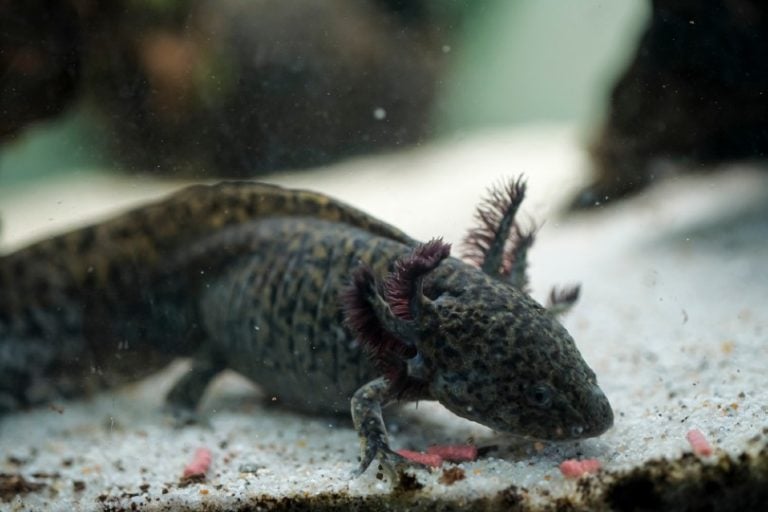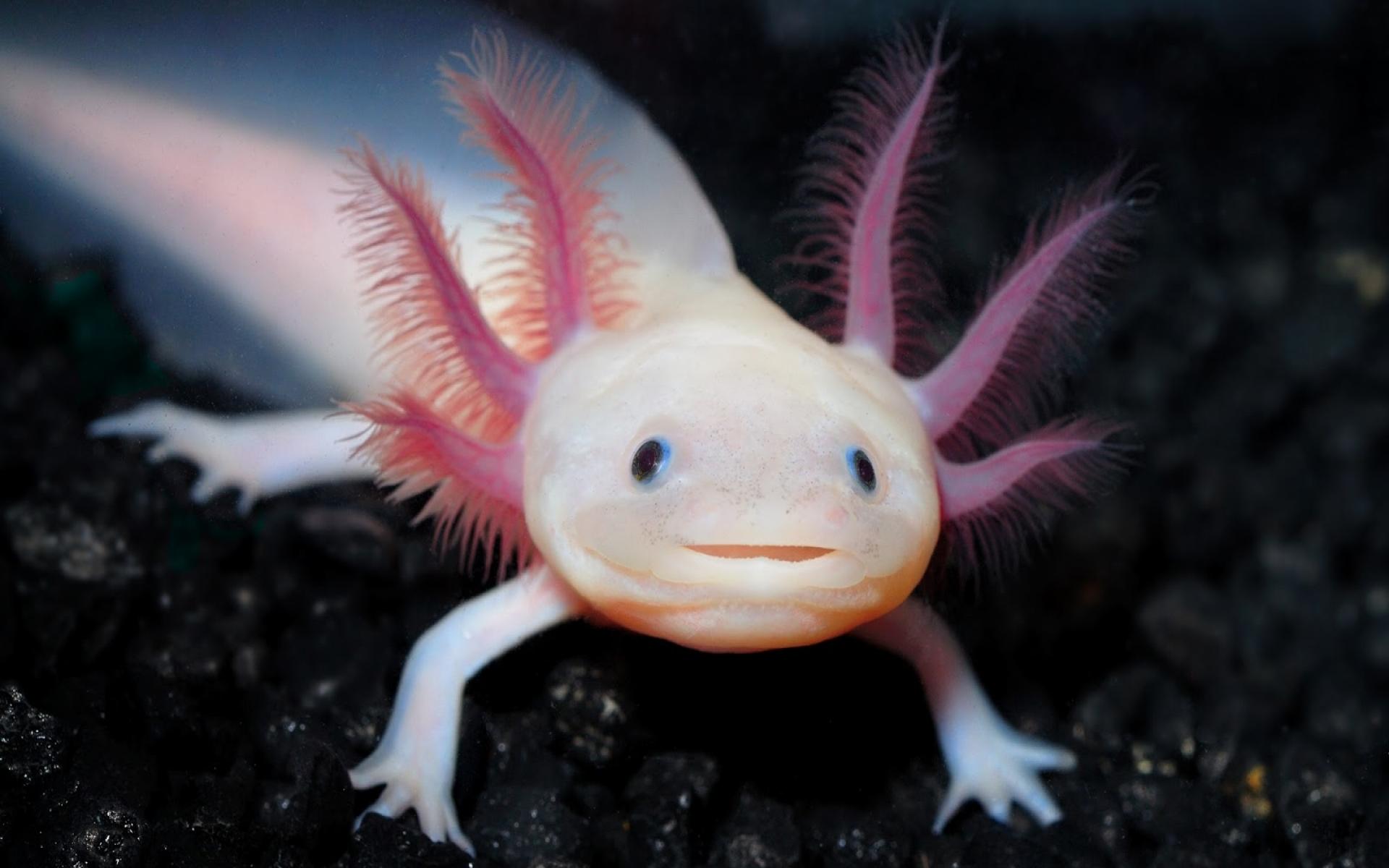
The spots in this type are very thick and bold. Piebald – The black pigmentation on the body is the characteristic of piebald axolotl.Here each side grows according to the egg they came from. Chimera – Chimerism is when 2 eggs fuse and there is a split down the middle appearance.They do not have black pigments, melanophores. They are a light brown or pink color with brown spots. Copper- This is a rare variety of albino.This axolotl has the ability to glow under UV lighting. Axolotl Green or Green Fluorescent Protein ( GFP) – These axolotls have a glow in the dark feature which is created by the presence of a special protein in their gene structure.Top 10 Venomous North American Snakes The uncommon axolotl colors are Melanoid – This type of axolotl can be differentiated from the wild type by the absence of speckles and they are completely black.Their eyes are red but could be transparent too.

The gills could be the same color as the body or at times they could be red or pink. This type of axolotl can be completely white at birth and change color over time.

They come in colors of green, brown and black and have shiny gold speckles of iridophore pigments.

Melanophores – This chromatophore contains Eumelanin, which gives a black or brown pigmentation.The 3 different types of chromatophores are responsible for the different colors– The color variations in axolotls depend on the pigment cells, chromatophores. The rare and unique color variations of the pet species are the result of genetic engineering, based on the demand. There is no fixed number of color variations of this cute creature. There are as well scarce ones like copper, green, mosaic, firefly, etc. As well you can find white and golden albino axolotls and ultimately black called melanoid.

The most common colors for wild axolotls are green, brown, black with shiny gold speckles of iridophore pigments. The rare colors are – How many colors of Axolotls are there?


 0 kommentar(er)
0 kommentar(er)
